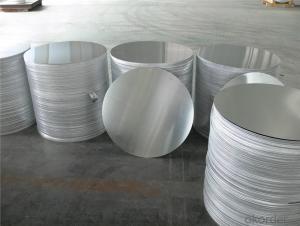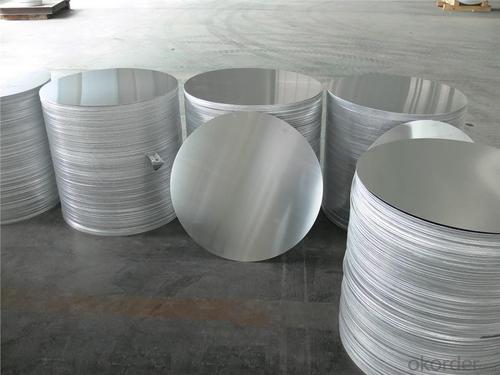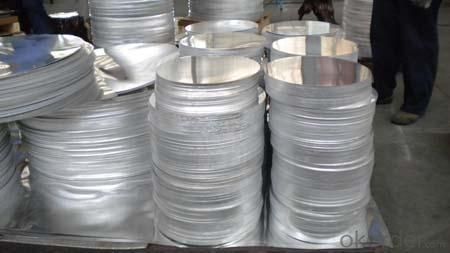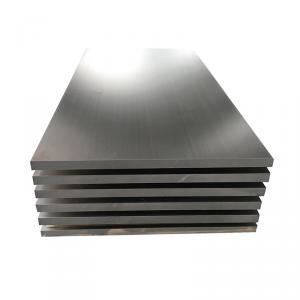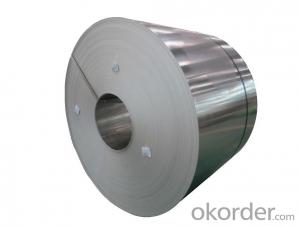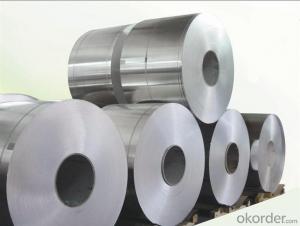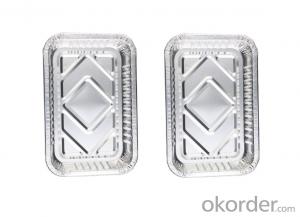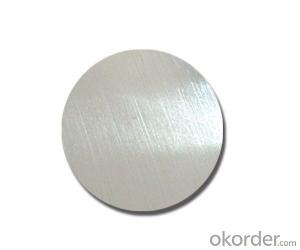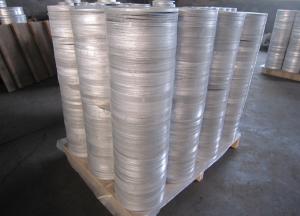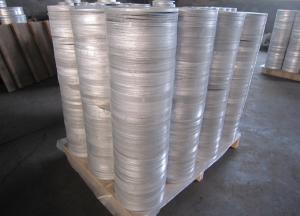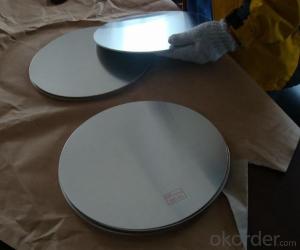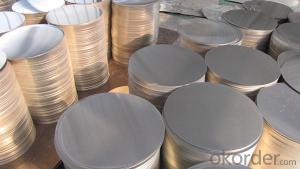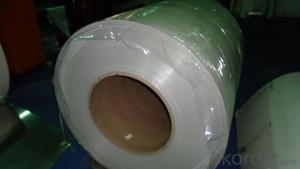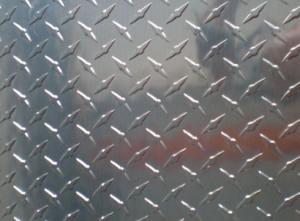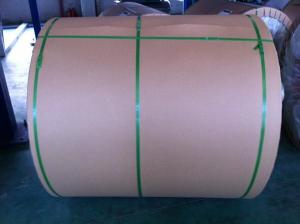4ft x 8ft Continuous Casting Aluminum Circle AA1100 Sheets
- Loading Port:
- Shanghai
- Payment Terms:
- TT OR LC
- Min Order Qty:
- 2 m.t.
- Supply Capability:
- 2000 m.t./month
OKorder Service Pledge
OKorder Financial Service
You Might Also Like
Specification
1.Structure of Aluminium Cirlce
Aluminium Circle is one semi-finished aluminium material. Aluminium Circle is widly used cookware, for example, aluminium pot, aluminium pan, aluminium cup ect. Our aluminium circle are widly exported to African market. We export more than 2000 tons every month. We can assure the breakage rate below 5%. Extra breakage will be responsible by our company.
2. Main features of the product
a.Competitive price---We have our own mills and can produce mill finished aluminium coils, so we can control the production cost better.
b.Professional after-sale service---We have more than 15 years exportation experience and you need not worry about the exporation problems.
c.Fast delivery time---We can control the delivery time within 35 days.
3. Image
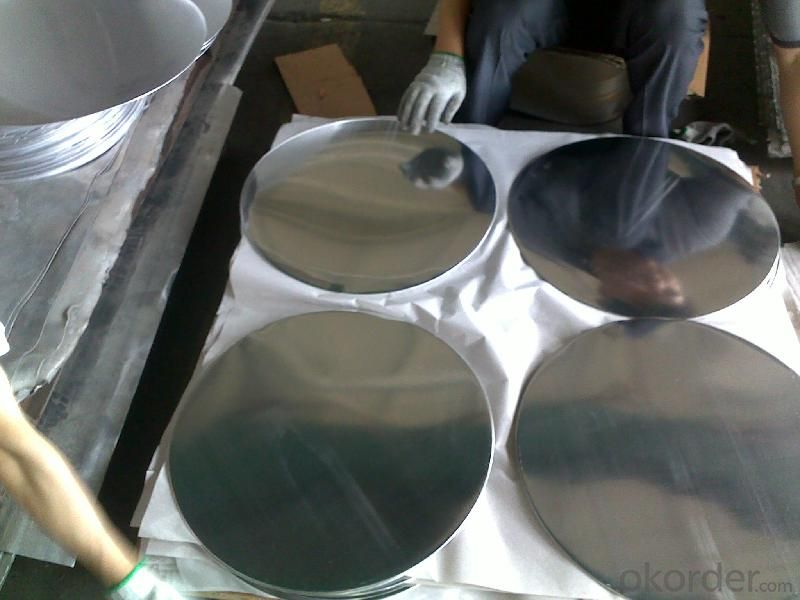
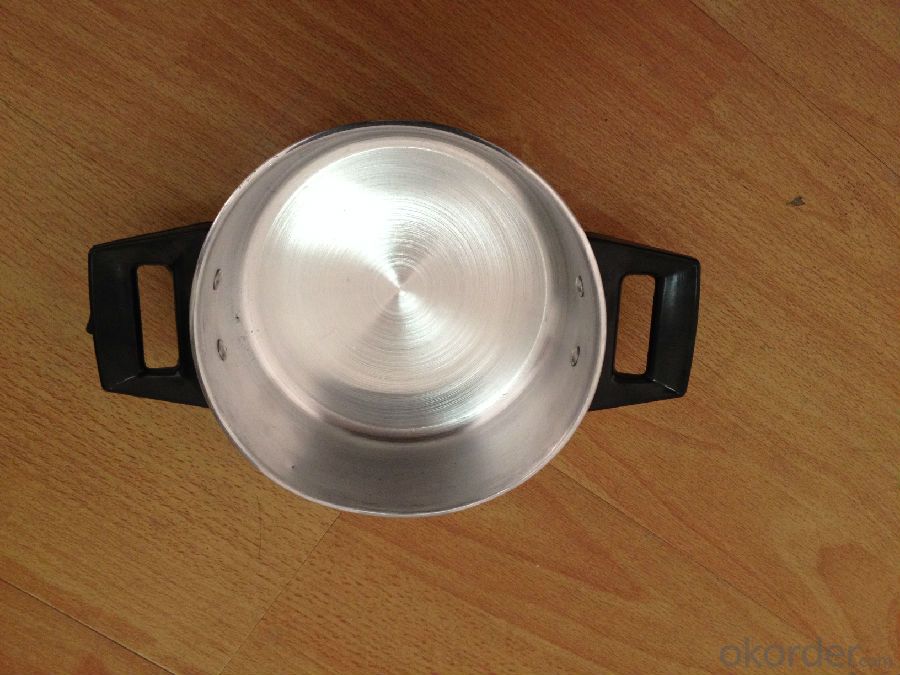
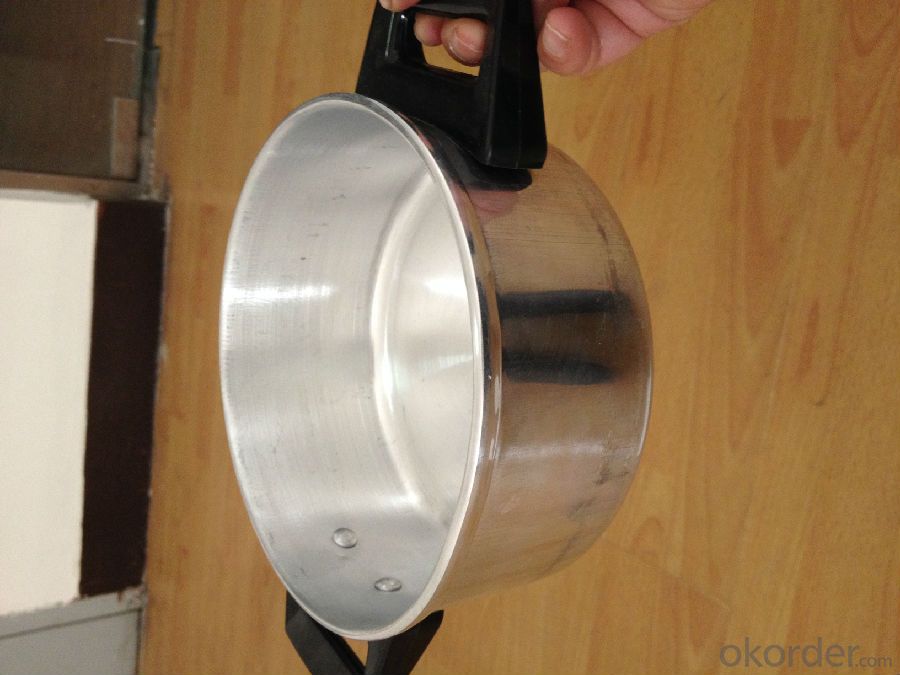
4. Product Specification
| ALLOY | Thickness | Diamter | Weight | Style |
| AA1100 | 0.2MM-2MM | 100MM-1000MM | 2 TONS | Spinning |
5.FAQ:
What is the quality standard?
---Usually our standard is GB3880-2006
What is the largest width?
---It is 2300mm
What is the MOQ?
---Usually we can accept 2 tons.
- Q: 6061 what is the density of the aluminum plate?
- 6061 aluminum plate density:6061 aluminum plate is aluminum alloy, the density is calculated according to 2.9g/cm3.Calculation method:Aluminium plate weight (kg) =0.0000029 * * * * width * lengthAluminium tube weight (kg) =0.0000029 * wall thickness * (outside diameter wall thickness) * lengthFormula for weight calculation of aluminium bars (kg) =0.0000029 * radius * radius * length
- Q: This is kind of odd, but if a volcano erupted and the lava dripped into an aluminum can, would the can melt? Would the lava harden and cool in it?
- Aluminum cans melt at about 1220 F. Lava is about 1300F to 2400F. The can would melt into the lava.
- Q: Are aluminum sheets suitable for aerospace structural components?
- Aerospace structural components can indeed be made from aluminum sheets. Aluminum is a material that is both lightweight and durable, and it has been used extensively in the aerospace industry for many years. Its exceptional strength-to-weight ratio makes it highly desirable for a range of applications in aircraft manufacturing. Aluminum sheets provide numerous advantages for aerospace structural components. Firstly, their lightweight nature helps to reduce the overall weight of the aircraft. This is crucial for improving fuel efficiency, increasing payload capacity, and enhancing overall performance. Additionally, the lightweight quality of aluminum sheets makes them easier to handle and assemble during the manufacturing process. Secondly, aluminum exhibits excellent resistance to corrosion. This is particularly important for aerospace applications, as the components are exposed to various environmental conditions, such as high humidity, extreme temperatures, and exposure to chemicals. The corrosion resistance of aluminum ensures that the structural components remain durable and long-lasting, reducing the need for frequent maintenance and replacement. Furthermore, aluminum is a highly malleable material, allowing for easy shaping and forming into complex structures. It can be bent, cut, and fabricated with ease to meet specific design requirements, making it versatile for a variety of aerospace applications. The ability to form intricate shapes with aluminum sheets enables engineers to design efficient and streamlined structures, optimizing aerodynamics and minimizing drag. Another advantage of aluminum sheets is their excellent thermal conductivity. This property enables efficient heat dissipation, which is crucial in aerospace applications where components may be exposed to high temperatures generated during flight or engine operation. The thermal conductivity of aluminum helps to prevent overheating and ensures the structural integrity of the components. In conclusion, the lightweight, corrosion resistance, malleability, and thermal conductivity properties of aluminum sheets make them highly suitable for aerospace structural components. These characteristics contribute to the overall performance, efficiency, and safety of aircraft, making aluminum an ideal material for various applications in the aerospace industry.
- Q: Can aluminum sheet be bent or formed into different shapes?
- Indeed, aluminum sheet possesses the capacity to be effortlessly bent or molded into diverse forms. As a remarkably ductile metal, aluminum can be bent, shaped, or molded without any risk of cracking or fracturing. This characteristic renders it a perfect selection for a wide array of applications where adaptability and customization are essential. Multiple techniques, including the utilization of a brake press, roll forming, or specialized bending tools, can be employed to bend aluminum sheets. The degree of bendability may vary based on the thickness and grade of the aluminum sheet. Nevertheless, in general, aluminum is renowned for its exceptional malleability and aptitude to assume various configurations.
- Q: Can 101 aluminum sheets be customized in terms of size and thickness?
- Yes, 101 aluminum sheets can be customized in terms of size and thickness according to specific requirements and needs.
- Q: Can aluminum sheets be used in automotive applications?
- Yes, aluminum sheets can be used in automotive applications. Aluminum is a lightweight and durable material that offers a variety of benefits for automotive manufacturing. It is commonly used in the production of car bodies, hoods, doors, roofs, and other components. The use of aluminum sheets in automotive applications helps to reduce the overall weight of the vehicle, which improves fuel efficiency and performance. Additionally, aluminum has excellent corrosion resistance properties, making it ideal for withstanding harsh weather conditions and road salt exposure. Furthermore, aluminum can be easily formed and shaped, allowing for complex designs and intricate detailing on automotive parts. Overall, the use of aluminum sheets in automotive applications contributes to the production of lighter, more fuel-efficient, and aesthetically appealing vehicles.
- Q: What are the advantages of utilizing aluminum sheets in construction projects in terms of environmental impact?
- <p>Using aluminum sheets in construction offers several environmental benefits. They are highly recyclable, which reduces waste and conserves natural resources. Aluminum is lightweight, reducing the carbon footprint associated with transportation. It also has a high strength-to-weight ratio, leading to less material usage and lower energy consumption in production. Additionally, aluminum's reflective properties can help in reducing heat absorption, contributing to energy efficiency in buildings. Moreover, aluminum production technology has advanced to minimize harmful emissions, making it a more sustainable choice for construction materials.</p>
- Q: Are aluminum sheets resistant to corrosion?
- Yes, aluminum sheets are highly resistant to corrosion.
- Q: Can aluminum sheet be used for food contact applications?
- Indeed, aluminum sheet is suitable for food contact applications. The food industry extensively utilizes aluminum owing to its exceptional characteristics. It is non-toxic, resistant to corrosion, and possesses a high thermal conductivity, rendering it appropriate for an array of food processing and packaging purposes. By utilizing aluminum sheets, one can craft food containers, trays, and foils, thereby offering a secure and sanitary solution for storing and transporting food. Moreover, aluminum is recyclable, making it an environmentally conscious selection for food contact applications.
- Q: Can aluminum sheets be used for insulation jackets?
- Yes, aluminum sheets can be used for insulation jackets. Aluminum has excellent thermal conductivity properties, which allows it to effectively reflect heat and prevent the transfer of thermal energy. This makes it an ideal material for insulation jackets, as it helps to maintain temperature control and minimize heat loss or gain. Additionally, aluminum sheets are lightweight, durable, and resistant to corrosion, making them a practical choice for insulation applications.
Send your message to us
4ft x 8ft Continuous Casting Aluminum Circle AA1100 Sheets
- Loading Port:
- Shanghai
- Payment Terms:
- TT OR LC
- Min Order Qty:
- 2 m.t.
- Supply Capability:
- 2000 m.t./month
OKorder Service Pledge
OKorder Financial Service
Similar products
Hot products
Hot Searches
Related keywords
